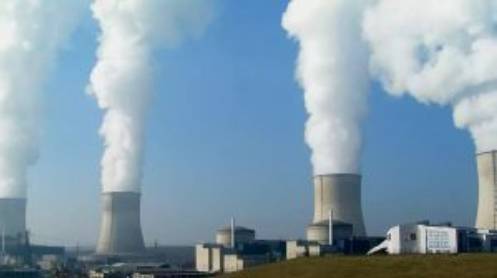ISLAMABAD: The national gas transmission system is facing significant risks as the Power Division has reduced the use of imported gas in RLNG-based power plants in Punjab. This reduction, now down to 418 million cubic feet per day (mmcfd) from 858 mmcfd on July 3, 2024, has caused a surge in the line pack pressure to 5.185 billion cubic feet gas (bcfd), potentially jeopardizing the system.
On Sunday, the line pack pressure was recorded at 5.060 bcfd, escalating to 5.185 bcfd by Monday due to the reduced RLNG usage. This year, the national transmission pipeline’s line pack pressure exceeded 5 bcfd in April, May, and June, and now again in July.
A petroleum division official highlighted the gravity of the situation, stating, “When the line pack crosses 4.6 bcfd, the gas transmission system enters the red zone. Crossing the 5 bcfd mark significantly increases the risk of the pipeline bursting.”
To mitigate this risk, authorities have started reducing gas flows from local fields in the SNGPL system. However, this poses a threat to maintaining local gas production levels. Exploration and production companies have warned that decreasing local gas flows can cause irreparable damage to wells nearing depletion, requiring costly investments to resume production.
The government faces a dilemma: request Qatar to reduce the number of LNG cargoes or increase domestic gas and electricity demand. The LNG agreements with Qatar, however, operate on a take-or-pay basis, making it challenging to adjust supply without disrupting Qatar’s supply chain.
The Power Division has stated that RLNG usage increases with higher electricity demand during hot temperatures. However, with ongoing monsoon rains, electricity demand has decreased, leading to reduced RLNG usage. The cost of electricity generated from RLNG-based plants is high, prompting the division to opt for load-shedding instead.
As of July 8, 2024, the line pack pressure remained at 5.185 bcfd. Local gas outflows were reduced to 670 mmcfd from 715 mmcfd, and the fertilizing sector consumed 89 mmcfd. The industrial sector’s average consumption stayed at 330 mmcfd.
Story by Khalid Mustafa







